Contact Details
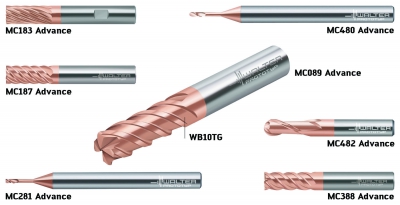
Walter has introduced its ISO H Advance Line of solid-carbide milling cutters, consisting of seven new cutter families specially tailored to the requirements of hard machining (up to 63 HRC). These new cutters include mini and multi-flute, shoulder/slot, ballnose and high-feed milling cutters, which cover the full range of solid-carbide milling. The new WB10TG grade achieves long tool life and excellent surface quality, and Walter's performance-enhancing geometry yields high metal-removal rates.
Suitable for a wide range of applications, the cutters can be applied for large or small components and for various milling strategies, such as roughing, finishing, high-feed milling and for machining 3D contours with the ballnose mill. Their superior properties make these high-end milling cutters for hard machining particularly beneficial for users with medium-sized batches and high-quality requirements. They are also suitable for users seeking high-performance and excellent price-to-performance ratio. Typical areas of application include die and moldmaking, as well as general metalworking.
The specific tool families are designated MC089, MC183, MC187, MC281, MC388, MC480 and MC482. MC089 is for high-feed cutting and prefinishing. MC183 is targeted at side milling and finishing and features a high number of teeth. MC187 is aimed at side milling, dynamic milling and finishing. MC281 features mini endmills from 0.04-0.16 in. (1-4 mm) with corner radius. MC388 is for both roughing and finishing and boasts universal usage for ISO H and ISO P machining. MC480 are mini ballnose endmills from 0.02-0.20 in. (0.4—5 mm) for copy milling of 3D contours. Finally, the MC482 family consists of ballnose endmills with two and four flutes for copy milling of 3D contours.
Related Glossary Terms
- flutes
flutes
Grooves and spaces in the body of a tool that permit chip removal from, and cutting-fluid application to, the point of cut.
- gang cutting ( milling)
gang cutting ( milling)
Machining with several cutters mounted on a single arbor, generally for simultaneous cutting.
- metalworking
metalworking
Any manufacturing process in which metal is processed or machined such that the workpiece is given a new shape. Broadly defined, the term includes processes such as design and layout, heat-treating, material handling and inspection.
- milling
milling
Machining operation in which metal or other material is removed by applying power to a rotating cutter. In vertical milling, the cutting tool is mounted vertically on the spindle. In horizontal milling, the cutting tool is mounted horizontally, either directly on the spindle or on an arbor. Horizontal milling is further broken down into conventional milling, where the cutter rotates opposite the direction of feed, or “up” into the workpiece; and climb milling, where the cutter rotates in the direction of feed, or “down” into the workpiece. Milling operations include plane or surface milling, endmilling, facemilling, angle milling, form milling and profiling.
- milling machine ( mill)
milling machine ( mill)
Runs endmills and arbor-mounted milling cutters. Features include a head with a spindle that drives the cutters; a column, knee and table that provide motion in the three Cartesian axes; and a base that supports the components and houses the cutting-fluid pump and reservoir. The work is mounted on the table and fed into the rotating cutter or endmill to accomplish the milling steps; vertical milling machines also feed endmills into the work by means of a spindle-mounted quill. Models range from small manual machines to big bed-type and duplex mills. All take one of three basic forms: vertical, horizontal or convertible horizontal/vertical. Vertical machines may be knee-type (the table is mounted on a knee that can be elevated) or bed-type (the table is securely supported and only moves horizontally). In general, horizontal machines are bigger and more powerful, while vertical machines are lighter but more versatile and easier to set up and operate.

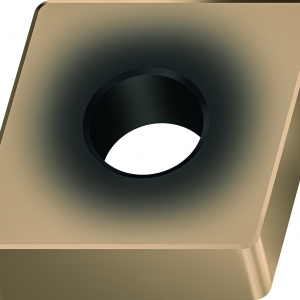




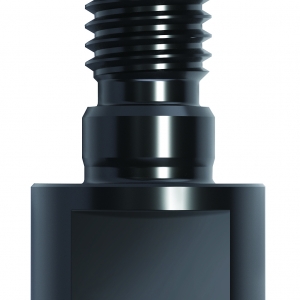

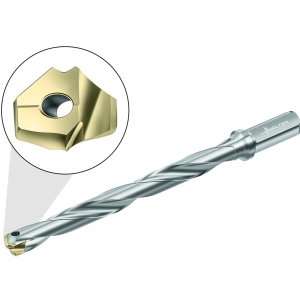
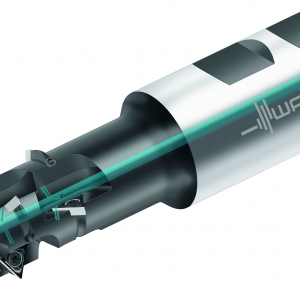
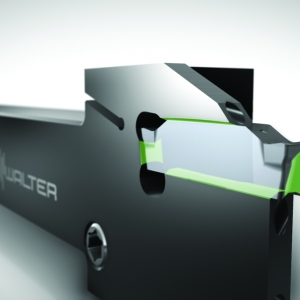
 PRODUCTS
PRODUCTS

